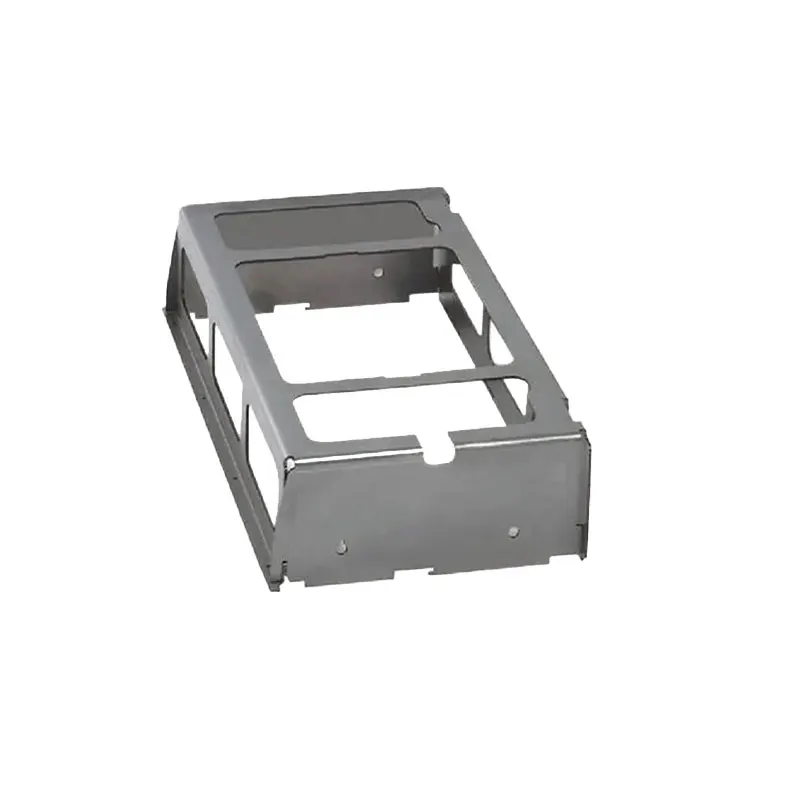Time to read: 6 min

Sheet metal fabrication is an intricate process that extends beyond the basic shaping and forming of metal sheets. The true craftsmanship lies in the finishing touches that can transform raw metal into a durable, visually appealing product. This comprehensive guide delves into the various sheet metal finishing options, providing insights on selecting the right process for your specific needs and applications.
The Essence of Sheet Metal Finishing
After the fabrication of sheet metal components, the final stage often involves applying a surface finish. This not only enhances the aesthetic appeal but also adds functional benefits such as corrosion resistance and wear protection. The choice of finish can be influenced by the material type, desired coating thickness, intended use, production timeline, and budget.
Exploring Sheet Metal Finishing Options
-
Bead Blasting
- A process using abrasive particles to create a matte texture, ideal for visual applications requiring a uniform finish.
-
Anodizing
- An electrochemical treatment that forms a protective oxide layer on aluminum and titanium, enhancing durability and offering a range of color options.
-
Powder Coating
- An application of dry paint powder that is fused to the metal surface through baking, resulting in a robust and customizable finish.
-
Electroplating
- The deposition of a thin layer of one metal onto another, improving conductivity, wear resistance, and providing a decorative effect.
Advantages and Disadvantages of Each Finishing Process
- Bead Blasting: Offers a safe, environmentally friendly method with lasting results but can be time-consuming and requires specific safety precautions.
- Anodizing: Provides excellent corrosion and abrasion resistance with a wide color palette but is limited to certain metals and can be costly.
- Powder Coating: Delivers a strong, corrosion-resistant finish with a variety of color and texture options but may be pricier than standard painting methods.
- Electroplating: Improves conductivity and reduces friction while offering decorative benefits but has a limited material compatibility and can be expensive.
Selecting the Right Sheet Metal Finishing Process
- Material Type: The compatibility of the finishing process with the metal material is crucial.
- Coating Thickness: Different processes offer varying levels of coating thickness, impacting the finish's durability and appearance.
- Uses: Consider whether the finish is for aesthetic purposes, functional use, or both.
- Turnaround Time: Choose a finishing process that aligns with your production schedule.
- Cost: Weigh the costs against the desired quality and production timeline.
Unofactory’s Commitment to Excellence in Sheet Metal Finishing
At Unofactory, we pride ourselves on offering a diverse array of sheet metal finishing solutions tailored to our clients' unique requirements. Our expertise ensures that every project, whether a prototype or a production run, receives the highest quality finish that meets both functional and aesthetic standards.
Conclusion:
The selection of an appropriate sheet metal finishing process is pivotal in achieving a product that combines both form and function. By understanding the principles, benefits, and limitations of each option, manufacturers can make informed decisions that enhance the quality and marketability of their metal components. Unofactory stands ready to guide you through this process, ensuring that your vision is realized with precision and excellence.




